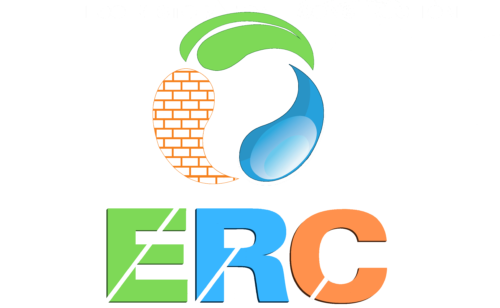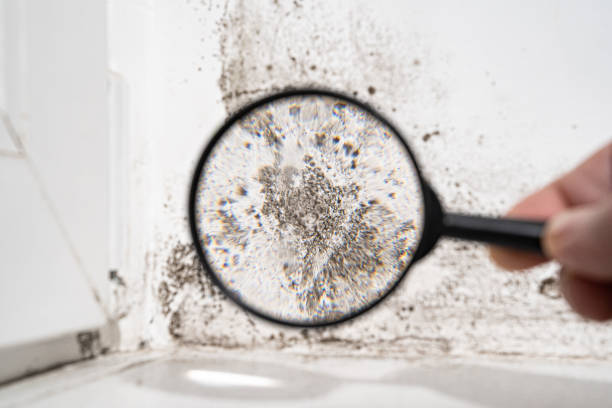Molds are microscopic fungi that feed on dead animal or plant matter. They are a part of our natural environment and can be found indoors and outdoors. By breaking down and digesting organic material, they contribute significantly to the ecosystem. Molds, often known as fungus or mildew, belong to the kingdom of Fungi and are neither plants nor animals.
Molds reproduce by releasing microscopic spores that resemble the seeds that plants produce. Several spores are so small that they can effortlessly float in the air and are capable of being carried long distances by even the lightest breezes.
Mold’s effects on health
Mold sensitivity can cause congestion, itchy eyes, wheezing, and skin irritation in some people. People allergic to mold may experience respiratory problems and shortness of breath. Mold lung infections can occur in people with compromised immune systems and long-term conditions such as obstructive lung disease. Contact your doctor or another healthcare professional if you or a family member develops health issues due to mold exposure.
How can I prevent the growth of mold in my house?
Anyone can be at risk from mold, but it’s particularly problematic if you share your home with young children, the elderly, or those with breathing problems. Mold can damage your furnishings and potentially jeopardize the structural integrity of your house, in addition to its negative effects on health.
The mold you find in your house is a spore that lives in the air and prefers warm, moist environments. Almost every surface, including fabrics, painted concrete walls, tiles, wooden furniture, and plastics, can develop it.
Fortunately, several measures you can take to ensure that your home is mold-free.
- Try to ventilate your home as much as possible by opening your windows. Since bathrooms and kitchens are most likely to grow mold, open a window or two briefly when cooking or taking a shower to encourage moisture to escape rather than build up. Alternatively, have air vents retrofitting your windows if you’re worried about losing heat.
- Clean your carpets. It’s crucial to take action if you find a musty, repulsive odor in carpeted areas. Mold, undetectable to the human eye, can grow directly beneath your feet.
- Close the doors. Since bathrooms and kitchens are often where mold grows, try to keep excess moisture out of such spaces when they are occupied. For instance, close the bathroom door when taking a bath or shower. If you do, the steam will circulate more freely around the house and could result in mold issues in other areas. Mold growth can occur on the walls of your hallway or landing due to humidity buildup over time.
- Invest in top-notch anti-microbial carpet padding. Even though it could cost a bit more upfront, if you are unlucky enough to experience a mold outbreak, it will ultimately save you money and headache.
- Common places to look for mold growth include behind toilets, in and around washing machines and dishwashers, and under radiators. Call a plumber if you find a leak. Blocked drain pipes can also be the source of ceiling mold.
- Avoid indoor clothing drying. It may seem alluring to hang your clothes out to dry indoors on a clothes horse or radiator, but this will make your mold problem worse since, without ventilation, the moisture from the clothes will evaporate and end up on the walls and ceiling. Instead, think about buying a tumble dryer.
- Use a dehumidifier. It significantly lowers humidity levels, making your house less welcoming to dust mites, mold, and mildew.
- Fix leaks. Leaks, which can occur from pipes, the roof, appliances, faucets, and taps, are a major contributor to moisture issues in a home. Regularly check your home for leaks and signs of water damage, and fix any problems immediately or call water dryout professional.
- Around water coolers, fridges, and ice makers
- Near tubs, toilets, and showers
- Around air conditioners
- Under floors, especially in the basement
- Under sinks
- Declutter your space and clean the toys. If your children are small, you undoubtedly find yourself hopping over toys all over the house. This is the ideal moment to clean them all and discard any damaged or unused items for your children’s safety. The leftover toys may be cleaned with warm water and dried in the sun. When decluttering, individuals frequently gather their belongings in one spot (typically the basement) and leave them there. Unused items not only take up room in your home or office and obstruct airflow.
Conclusion
Mold can still be present even though you know how to prevent it. You can’t see or reach some areas of your house. There is no way to detect a mold infestation until it is too late if there is a little leak in the wall of your home. Thank goodness you have options. Mold is not only challenging to remove completely, but it is also unsafe to handle. Rely on professional mold remediation services to handle the clean-up when you find mold in your house.






